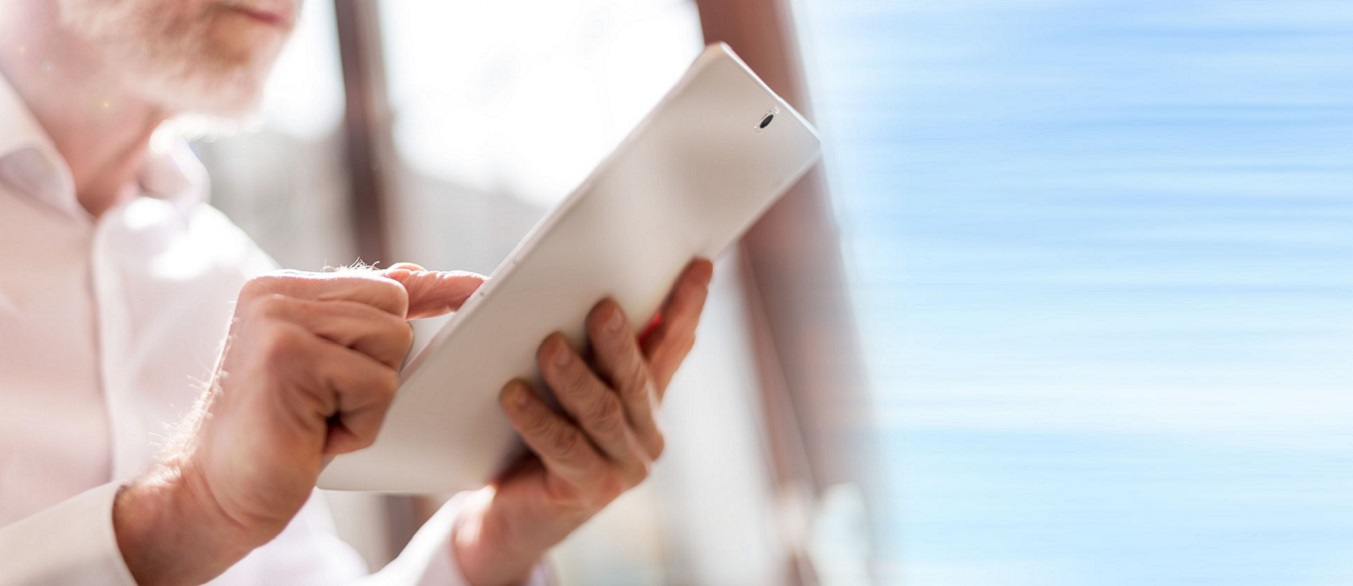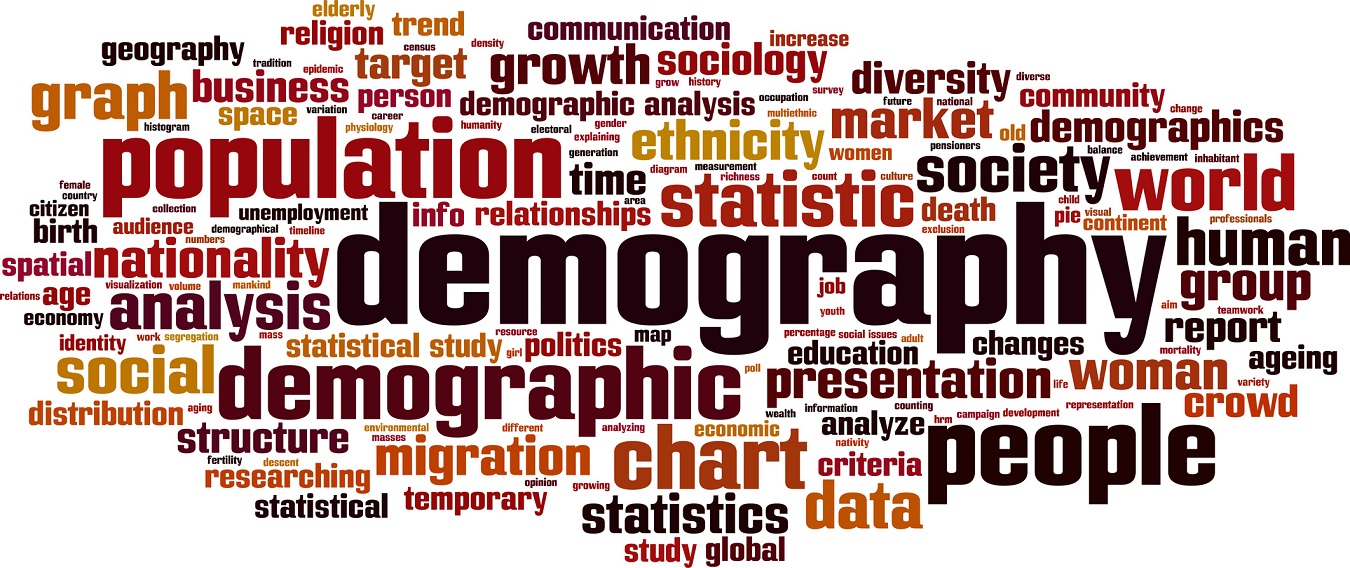Early 2023, Global Aging Consulting was presenting the results of a study carried out in a dozen countries. This study made it possible to define and quantify the opportunities represented by demographic aging, the Seniors market and also the silver economy.
Three distinct notions
The Silver Economy is often discribed in Europe as the economy of aging. However, in practice, it concerns the use of products and services for the elderly. The Senior market is defined by the over 60 years overall consumption, whether for products are specifically dedicated to Seniors or common products also used by other generations.
Finally, population aging is a subject that is more global and impacts a greater number of actors and companies. For example, if retailers have no interest in developing specific stores for seniors (a failure has already taken place in Austria with Adeg 50 plus), its challenge is to adapt to the population aging impacts. For example, adapting businesses not only to Seniors but, above all, developing places that are adapted to a greater number of generations with expectations that may be different.
Structuring facts
The development of the Silver economy is greatly impacted by the criteria that structure it. This is why many Silver Economy companies are struggling to grow and achieve their goals.
Among these structuring facts, there is the almost absence of prevention in the culture of the Latin countries like France. This is of vital importance in Silver Economy markets, such as home furnishings: elderly people tend to adapt their homes by fitting the bathroom, installing a staircase or safety systems, etc. only after A first incident, often a fall. With this lack of prevention linked to a probable future dependency, the Seniors are rarely equipped in a preventive way. This greatly reduces potential markets for companies in this sector.
Another structuring criterion is demography: the serious study of a French age pyramid indicates that we will see a relatively small increase in the number of people aged 77 and over in the next 6 to 8 years. This phenomenon is mainly due to the lack of births during the Second World War. It was only after the Second World War in 1946 that the boom of births took place with a generation we call the baby boomers. But the older ones of this generation have « only » 70 years. It is also for this reason that the number of dependents has been virtually stable for seven years and will continue to be for five to six years.
It is also, in part for this reason, that the number of buildings of retirement homes is extremely low. Investors preferring to invest more in senior residences, a sector that particularly concerns younger seniors. As a result, companies that are positioned in markets linked to people aged over 77 years are in sectors with fairly limited potential in the short term. Due to this demographics, a large number of areas of the Silver Economy, such as home maintenance, will only take real flight after 2022 see 2025.
Sectors down and sectors up
The demographic aging structurally impacts some sectors of activity on the rise or fall.
For example, as people get older, they become progressively less mobile and spend more time at home, which will lead to a structural decrease in their consumption of clothes and transport, but will increase other sectors such as electricity consumption , Indoor equipment, security solutions and media consumption.
Conversely, business lines are structurally declining with demographic aging for another reason: studies indicate that Seniors tend to purchase equipment goods such as more high-end household appliances with more Options, but tend to renew them less often. This phenomenon coupled with the fact that seniors are the most equipped generations of goods and services, will tend to downward certain sectors such as household appliances or the automobile.
Strong rise in sectors
Business sectors will benefit from the demographic aging and the Seniormarket in a way spread over the 10, 15 or 20 next years according to different parameters and according to the evolution of the demography.
Before 2022, it is especially the areas of comfort and well-being, of discovery in tourism: these activities that target senior young people will be rising sharply. Then, after 2025, sectors linked to the elderly, such as home improvement, security technologies, etc. Will also take off with the arrival of baby boomers at great ages.
Thus, the sectors of activity that can have a strong potential in the very short term are numerous: tourism and leisure tailor-made for senior citizens, effective solutions for caregivers, financial products for senior citizens but also everything Which can automate transport such as stand-alone car etc.
Change of paradigm
With the demographic aging, a paradigm shift is taking place: we have moved from the desire to « live as long as possible » to « live as long as possible in good health », now « wanting to live as long as possible in good health to continue activities, to live experiences or continue his leisure ».
During the study, a 65-year-old Boomer explained that he was boxing with his son and that he wanted to continue but that physically he was starting to have more difficulties. « I want to continue to do boxing in the next few years and continue my activities. » To meet this demand, the potential for innovations is enormous. Of course, there are demands for mobility, keeping fit, or even simplifying activities like boxing.
This will to continue its activities and to be mobile will develop in the very short term new markets such as that of the autonomous car or flexible exoskeletons that will help the person to move to continue to be in the Company.



